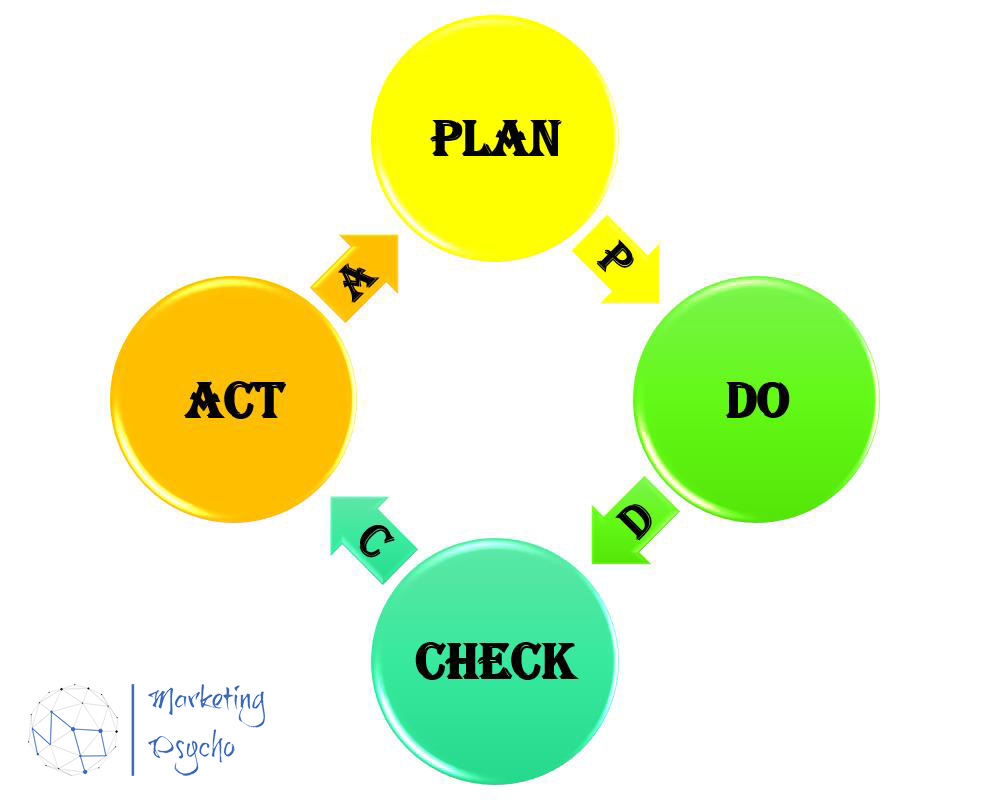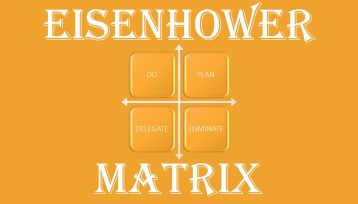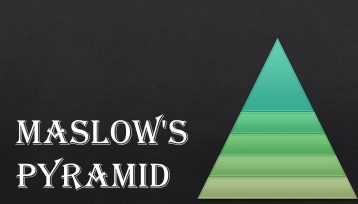Hoshin Kanri is a strategic management system of the company, the main principle of which is direct interaction between top management, middle management, and employees to achieve common goals.
The Hoshin Kanri approach appeared in Japan in the post-war period as a means to restore the destroyed economy and increase competitiveness in the world market. Japanese specialists were looking for various methods to optimize production processes and improve quality, and foreign specialists such as W. Edwards Deming, Joseph M. Juran, and others were invited to do this. It was their ideas that formed the basis of the Hoshin Kanri system. For the first time, this methodology, as well as the name itself, was introduced by Bridgestone Tire in 1964, it was it that formulated the basic principles of this concept. Then Toyota and Komatsu supplemented and expanded the original version with their ideas, after which the Hoshin Kanri approach spread around the world.
Hoshin Kanri
Hoshin Kanri is a movement in two directions towards each other: top-down and bottom-up.

The top management determines the strategy and strategic goals of the company, but the process does not end there, then there is a downward movement to middle managers and employees to discuss this document, then the corrected versions are returned and finalized. Only after the strategy is agreed with all groups of interested persons, it is approved and implemented. The method of coordinating a top-down and bottom-up strategic plan in Hoshin Kanri is called a catchball system.
The strategy is like a ball tossed between different levels in the organization until a final decision is made. A catchball is, first of all, an exchange of opinions, discussion, each participant in the process should hear the other. This approach helps all employees to understand the company’s goals, as well as to feel like a direct participant in the process. It is known that if a person has made personal efforts to any business, then they are more interested in the implementation of this initiative. A catchball method promotes movement in one direction in the implementation of the company’s strategic plan.
PDCA
The Hoshin Kanri technique is based on the use of the PDCA cycle. The PDCA method was developed by William Edwards Deming. PDCA is an incessant management cycle used to continuously improve the quality and control of business processes. PDCA is an abbreviation formed by the words Plan-Do-Check-Act.
- Plan. At this stage, we set goals and form an action plan. We define resources.
- Do. Implementing the action plan. Here we get the actual information and generate reports. We document activities and results.
- Check. We analyze the data and compare the results with the forecast. It is necessary to understand at this stage of the cycle whether the process has improved or not. If the result is not what you predicted, you need to understand why you were unable to predict this result.
- Act. We adjust our activities for the purpose of optimization. We decide what changes are necessary. At this stage of the cycle, we implement the recommended changes. It is necessary to correct the detected shortcomings. We prepare and start a new cycle.
The cycle should be repeated over and over again to ensure that the organization has the agility to adapt to a changing environment and to implement stable development of processes. Due to the systematic application of PDCA in the Hoshin Kanri system, planning and execution functions are integrated at all levels of the organization. Each PDCA cycle in the Hoshin Kanri system has its own specific task related to the overall goals of the company. The application of PDCA cycles is carried out until the result coincides with a predetermined plan.
X-matrix
One of the conditions for using the Hoshin Kanri system is the creation of an X-matrix. The X-matrix is a document that allows you to display on one sheet of paper, usually in A-3 format, the main criteria of an agreed strategic plan of the company.

Before filling out the X-matrix, it is necessary to perform a strategic analysis of the internal and external environment and determine the ways of development of the company. After that, you can start filling in the first Breakthrough/Long-Term Objectives block. It presents the company’s strategy and main strategic goals that need to be achieved over the next 3-5 years. This is followed by the Annual Objectives block, which contains short-term goals, they correspond to tactics that will ensure the implementation of the chosen strategy.
The next block of Top-Level Priorities describes the steps and opportunities that need to be performed to implement the formulated tactics. And finally, the Targets to Improve/Metrics block is responsible for evaluating your previous actions. You must clearly understand what you are going to. Specific performance indicators will give you an idea of the progress of the goals, as well as help you understand what needs to be fixed to achieve them. Tactics due to various circumstances may change during the implementation of the strategy, so it is important to hold regular meetings where you can assess the current state of affairs and make the necessary adjustments.
In the rightmost Accountable block, the responsible persons are selected. The matrix also indicates the relationship between the blocks. As a rule, the X-matrix is placed directly on one side of the sheet, and instructions for it are placed on the other. It is necessary that each participant in the process clearly understands what they should do following this document. As a result, the X-matrix will help you see long-term goals and specific ways to implement them.
The application of the Hoshin Kanri approach allows employees of all levels to participate in the process of creating and implementing a strategy, which significantly facilitates the company’s activities, improves the internal climate of the team, and increases competitiveness.
If you like this article, you can enjoy Six Sigma, Kaizen, and PDCA articles as well. You can find more related information in Marketing Strategy section of Marketing Psycho blog.





